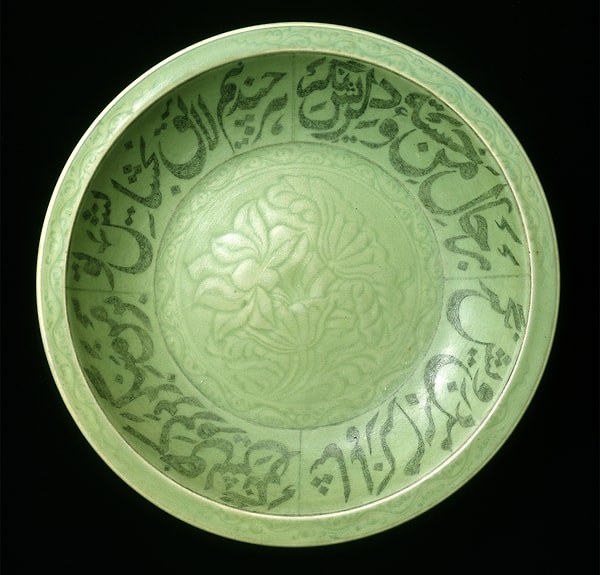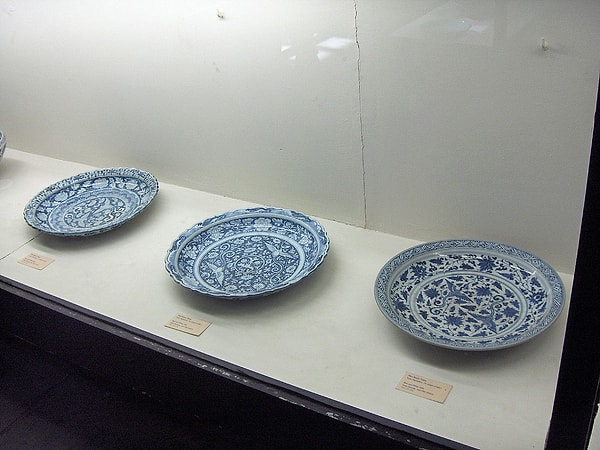The Secret Behind the Ottoman Sultans' Use of Poison-Detecting Porcelain
Did the Ottoman sultans use special porcelain to protect themselves from assassination attempts? Legend has it that the exquisite seladon porcelain, known for changing color, could detect poisonous substances, offering a unique defense against deadly plots. But is there truth to this belief, or was it simply a cultural tradition?
Discover the fascinating story behind the Ottoman rulers' use of 'poison test' porcelain and uncover whether it was truly a life-saving tool or just a royal superstition!
Known as Chinese porcelain, the Celadon porcelains were among the commonly used kitchenware during the Ottoman period.

You can see this collection of porcelains from the 14th century at the Topkapi Palace Museum. So, what made these porcelains so valuable?
According to some rumors, it was believed that Celadon porcelains changed color when they came into contact with poisonous substances.

Therefore, it was thought that if poisonous substances were used in the sultans' meals, the porcelains would change color, thus preventing possible assassination attempts.
However, according to the study conducted by Associate Professor İrem Pala, there is no scientific basis for this belief.

Research has shown that Celadon porcelains do not change color when exposed to poisonous substances. This reveals that the belief in the Ottoman period was a superstition.
Nevertheless, Celadon porcelains were considered valuable items in the Ottoman palace and held an important place in dining culture.

Produced in China, these porcelains were imported to the Ottoman palace and gradually integrated into Ottoman art. The patterns and colors on the Celadon porcelains reflect the aesthetic understanding of Ottoman art. So, while there was a belief that Celadon porcelains were used to prevent the fear of poisoning during the Ottoman period, it is now understood that this belief had no scientific foundation.
Keşfet ile ziyaret ettiğin tüm kategorileri tek akışta gör!


Send Comment